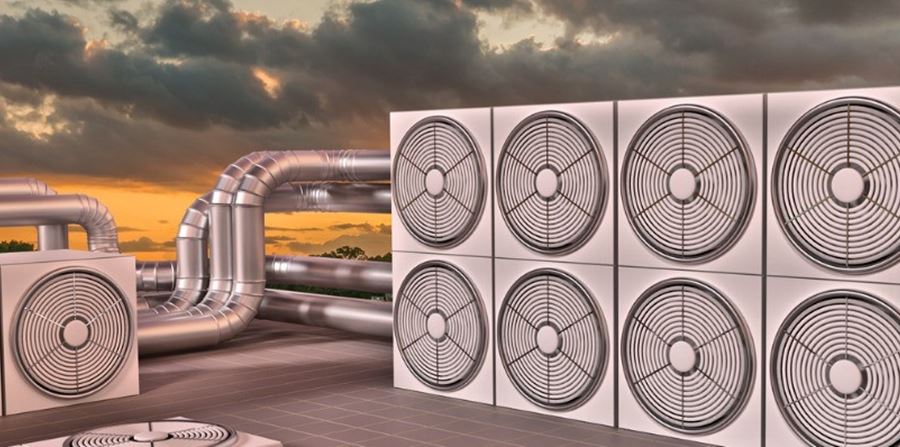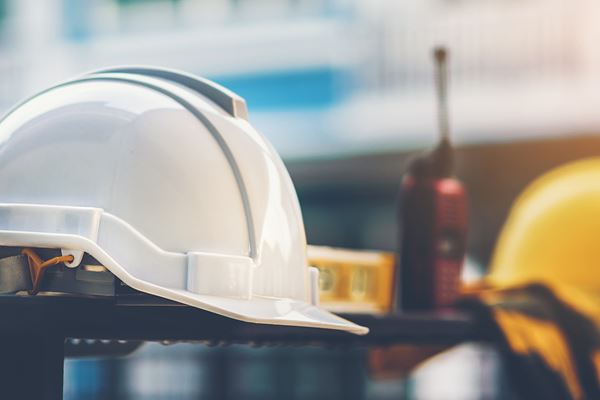Operations Shut Down: Impact on Mechanical Equipment During COVID-19

This blog is the last of a four-part series on the operational effects posed to equipment during business shutdown periods, and the dramatic or catastrophic issues that can occur when facilities return to normal business. Read other blogs in the series including part one, part two, and part three.
As commercial and industrial facilities begin the process of employees returning to work and restarting equipment for the first time in several weeks or months, equipment may face a variety of issues. It is likely that most facilities will have performed a controlled shutdown of their building and equipment, but others may have had to expedite shutdown procedures and stop processes in step. This may result in more difficulties when it comes time to restart equipment. As these issues rise to the level of submitting an insurance claim, it will be necessary to be able to properly identify the cause as a result of either normal wear and tear, an excessive idle period, a lack of preventive maintenance, or a deviation from typical operating procedures.
It's important to understand what to look out for and be aware of prior to restarting equipment.
Restarting Rotating Machinery
Regardless of the equipment shut down process (whether closely controlled or expedited), businesses will be re-energizing and restarting equipment that may have been idled for extended periods of time. For industrial equipment with rotating machinery, there should be an expectation that one or more components such as motors, pumps, valves, solenoids, switches, gears, or other components with moving parts will fail to operate. This equipment will need to have power, lubrication, and hydraulic systems all operating before restarting the machine. Without those measures, machinery may not fully function and could even cause damage if a subsystem is not operational. Machines will also be subject to corrosion and contamination if proper steps for preservation were not taken at the time of, or during, the shutdown.
Unoccupied: Issues with HVAC, Compressors, and Generators
HVAC: Switching from heating to cooling
Large buildings that have been unoccupied such as schools, retail centres, office buildings, and some production facilities have sophisticated heating, ventilation, and air conditioning (HVAC) equipment. These systems should have been set to maintain minimum heat inside the building when the stay-at-home order commenced but should also have transitioned to cooling over the shutdown period in many places. However, this may or may not have occurred and these systems may have been idled. These cooling systems are prone to failure even when idled during the typical winter months. With the additional lack of maintenance and disruption to the typical heating to cooling transition procedures, these systems may be subject to even further damage if not properly inspected and started by a trained technician.
Cooling systems include many different components including refrigeration tubing, fans, and compressors. Refrigeration pressures must be checked, and all pumps, fans, blowers, and valves will need to be inspected prior to start up. A large multi-zone system will either be controlled by multiple thermostats or a central computer, typically referred to as the building management system (BMS). It will be necessary to ensure all zones are responding to their respective control unit.
Generators
Power generators (gensets) are systems that require routine maintenance and inspection, typically weekly. These tasks may not have occurred due to an unoccupied building and the stay-at-home order. Along with weekly maintenance, generators are also serviced once or twice a year, often in the spring and fall. Before a genset is placed back into service after being idle, it should be examined by a trained technician.
Air supply and compressors
Large air compressors and vacuum compressor units are also sensitive to being idled. Normal maintenance typically occurs while the compressor is operational. They are best maintained under this philosophy and by adopting a regular servicing schedule. During start-up, they are prone to failure after an idle period and/or insufficient lubrication, both of which can be problematic for businesses.
Why Several Small Issues May Not Be a Sign of an Underlying pProblem
When occupancy levels are low, minor issues such as small leaks, failed sensors, or inefficiencies will likely not be noticed, nor corrected, in as timely a manner as they would be during regular operation. Because of this, it is possible that multiple smaller issues will be discovered simultaneously once regular maintenance procedures resume. Operators or maintenance personnel may view this as a sign of an interrelated problem when, in actuality, it is an accumulation of several unrelated maintenance issues. Only through a full understanding of each individual issue, and the system as a whole, can a determination be made as to whether the issues are a sign of a larger problem or if they are unrelated.
Essential Equipment Running Throughout the Shutdown
Potential for failure
In addition to equipment that has been idled, special attention should also be given to essential equipment that has continued to operate in cases where normal maintenance procedures may have been missed or delayed. This is especially true of manufacturing equipment sourced internationally. In many cases, preventive maintenance is regularly performed by personnel from the manufacturer or specially trained third-party vendors. Given the global travel restrictions, many of these preventive maintenance tasks will not be completed as normally scheduled.
Regardless of the manufacturer, this can lead to small warning signs or overlooked performance problems, ultimately leading to larger issues or catastrophic failures. Examples can include a failing component such as a lubrication pump, cooling fan, or hydraulic line. These warning signs may be missed due to regular maintenance tasks not being performed. These tasks include replacing filters on a regular basis, checking bolts for tightness, performing non-destructive testing for micro-cracks, or conducting fluid flushes in hydraulic or cooling systems.
Repair
Consideration should also be given to repairs on essential equipment during this time. In addition to the aforementioned issues with international equipment maintenance, replacement parts may also be difficult, if not impossible, to source in a timely manner. Because of this, equipment owners will be required to reach out to new vendors and use third-party or custom-built components in order to keep a machine running. While this may not lead to immediate issues in many cases, the use of improper material or a component with slightly different specifications could result in future equipment damage. This is particularly true in cases where the manufacturer of the equipment will not provide detailed specifications of their equipment due to intellectual property concerns.
Getting Back to Business as Usual
While companies and facilities around the globe are eager to return to business as usual, it is critical that building managers and machinery operators follow all manufacturer instructions and complete any missed preventative maintenance prior to fully restarting their mechanical equipment. In some cases, it may be beneficial to complete a re-commissioning of a machine to verify that all subsystems are operating as intended. A thorough startup procedure will prevent additional downtime and ensure an effective return to normal operations.
To view the full blog series, read part one, part two, and part three.
Our experts are ready to help.





